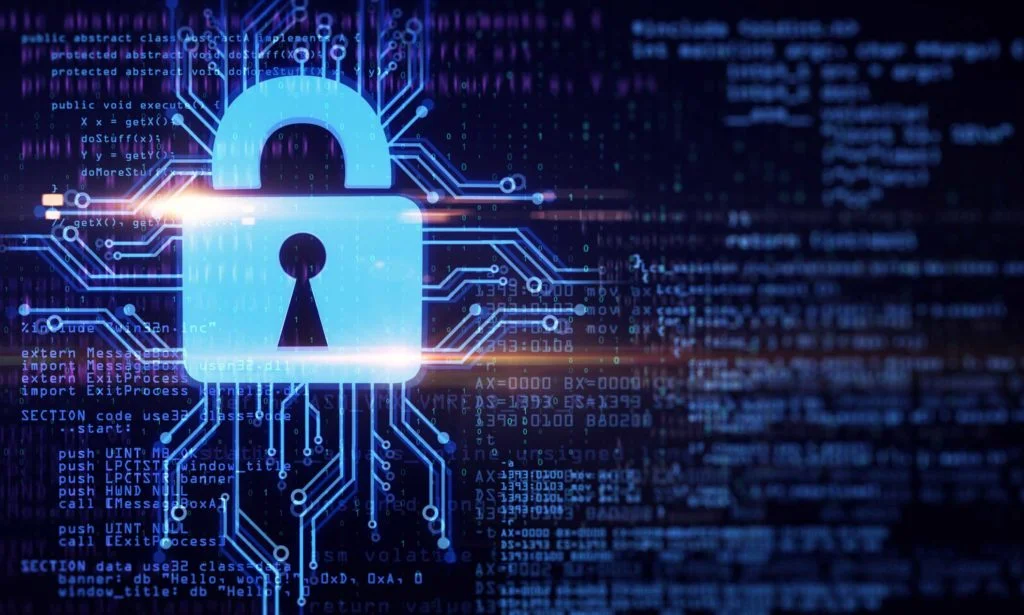01
Ransomware Groups Behind Dominant Ransomware Variants in
2023
CyberGuard 6 frequently identified connections between the threat groups and ransomware deployments in their investigations, highlighting the groups' persistent role in orchestrating attacks and emphasizing their complex strategies that often target vulnerable sectors across different global regions. A few notable mentions are below.
GROUP NAME
Lockbit
Attack Vector
RDP / Phishing
GROUP NAME
BlackCat
Attack Vector
Comp. Credentials
GROUP NAME
Akira
Attack Vector
No MFA VPN's
GROUP NAME
BlackBasta
Attack Vector
Spear Phishing
GROUP NAME
BlackCat
Additional Detail:
Phishing
The history of ransomware dates back to 1989 with the emergence of the "PC Cyborg Virus." Created by Joseph Popp, this early version of ransomware executed its attack by encrypting files on a user’s hard drive and demanding a ransom to be sent to a postal address in Panama. However, its rudimentary encryption made data recovery possible, sparking discussions on the potential cybersecurity threats of the future. Over the years, ransomware evolved significantly in complexity and reach, particularly with the rise of cryptocurrencies like Bitcoin, which facilitate anonymous and untraceable transactions. As the years progressed, ransomware attacks grew more sophisticated, culminating in high-profile incidents such as the infamous WannaCry and NotPetya attacks that disrupted global operations.
How To Protect Your Organization From Ransomware
Protecting your organization from ransomware requires a multi-layered approach. Start by regularly updating your software and systems to patch vulnerabilities. Implement robust email filtering to reduce phishing attacks, the primary delivery method for ransomware. Educate employees on cybersecurity best practices, emphasizing the importance of not clicking unknown links or downloading suspicious attachments. Regularly back up data and ensure these backups are stored offline or in secure cloud environments. Utilize advanced security solutions, such as endpoint protection and intruder detection systems, to identify and respond to threats swiftly. Lastly, ensure you develop and test a comprehensive incident response plan.
Expert Ransomware Consultation & Remdiation
CyberGuard 6 stands as an industry leader in ransomware recovery through its cutting-edge technology and unparalleled expertise. With a dedicated team of incident response experts, we offer end-to-end solutions that ensure data recovery and systems restoration. Clients trust CyberGuard 6 for their swift response and effective strategies tailored to mitigate ransomware impacts.


